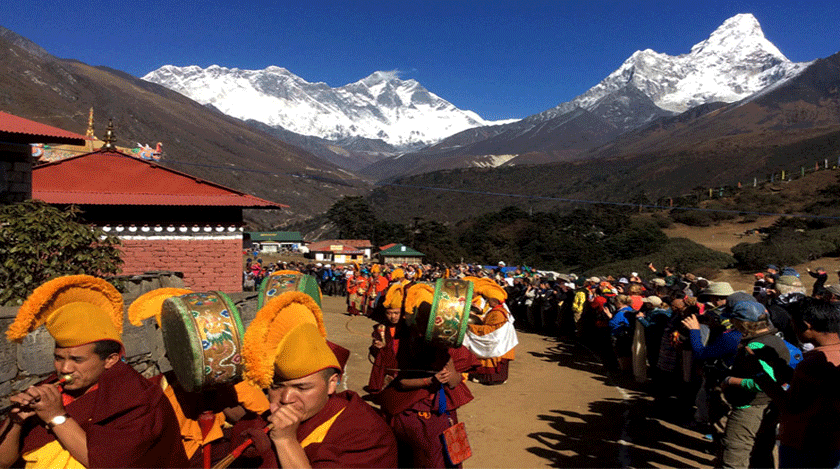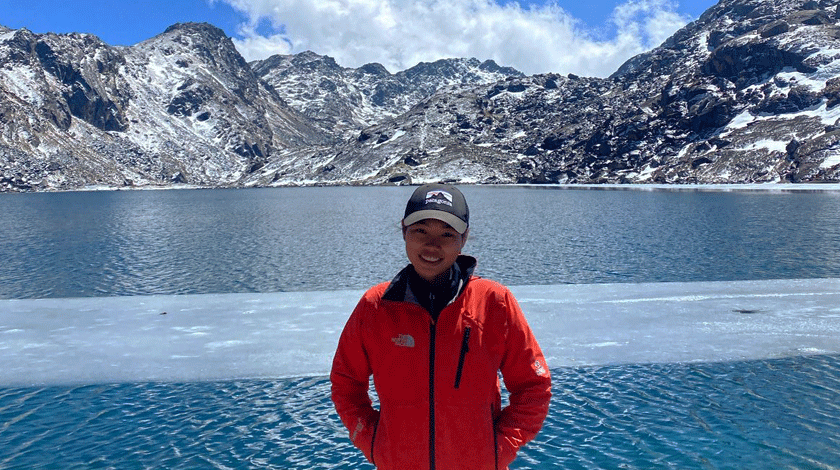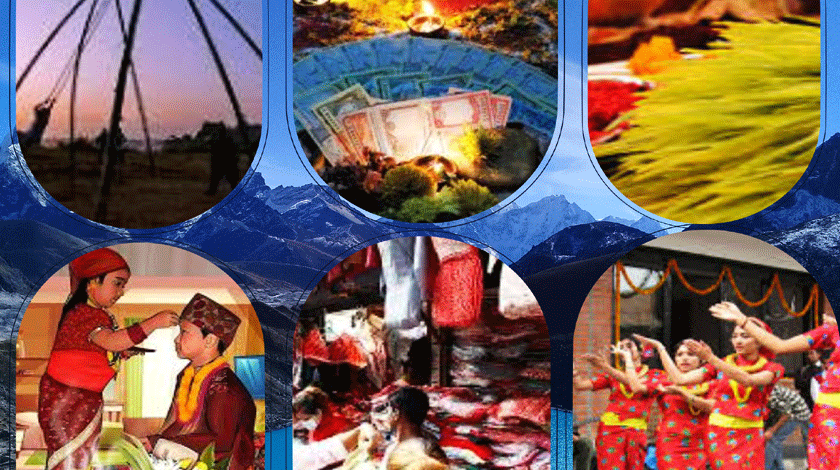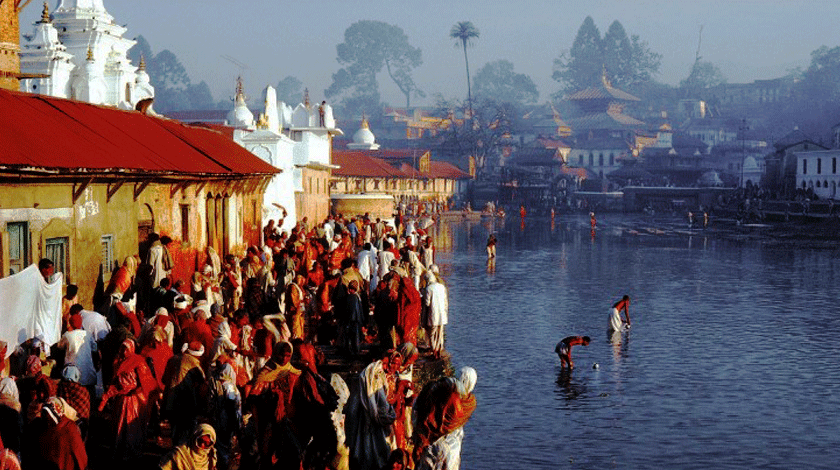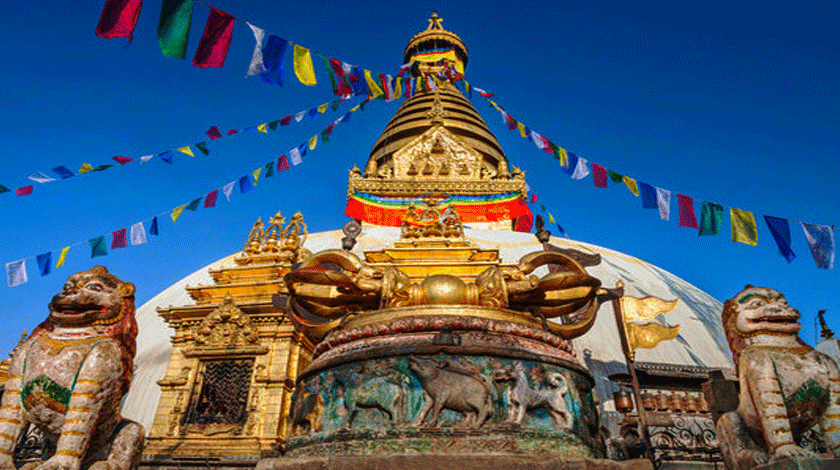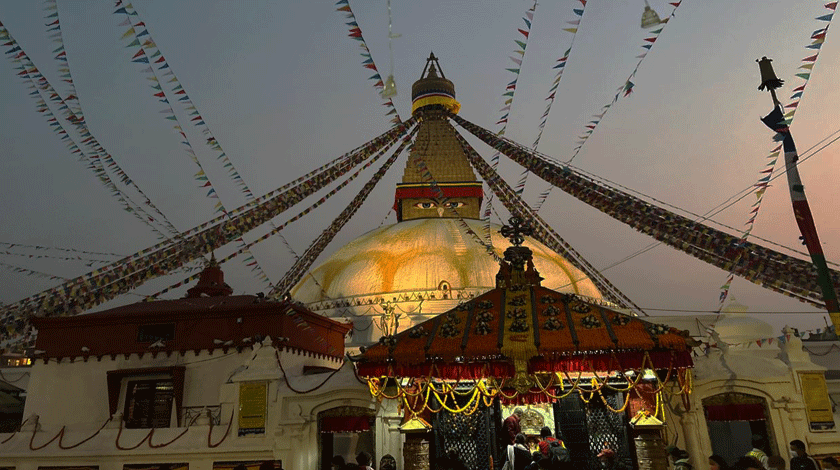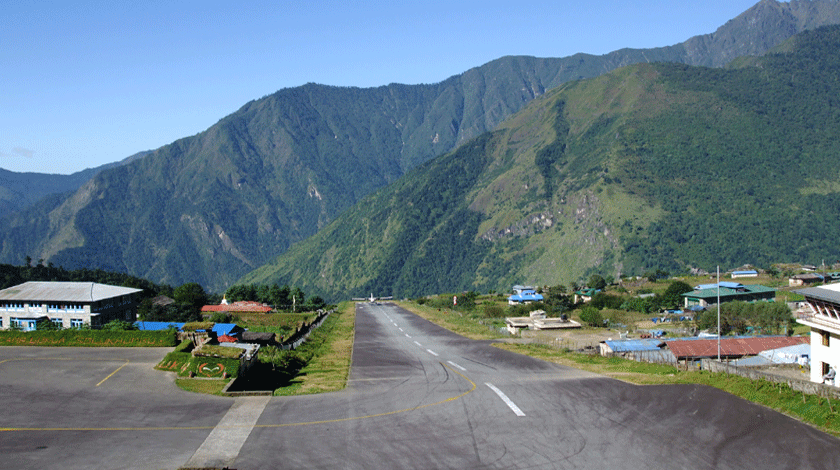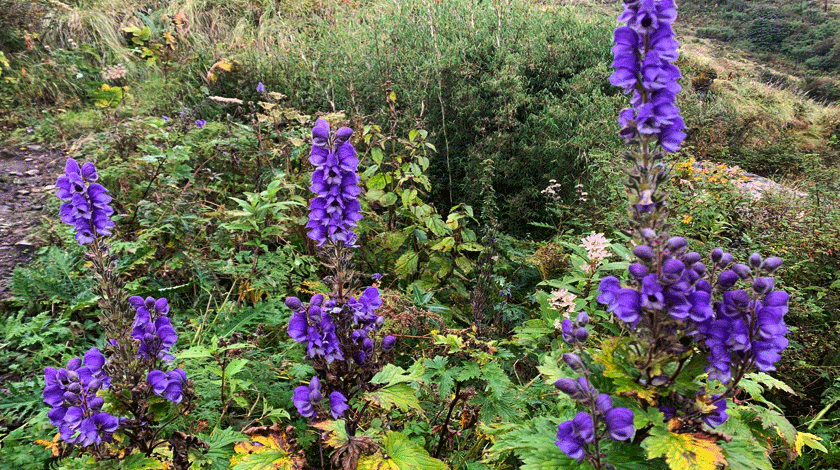Jomsom Airport
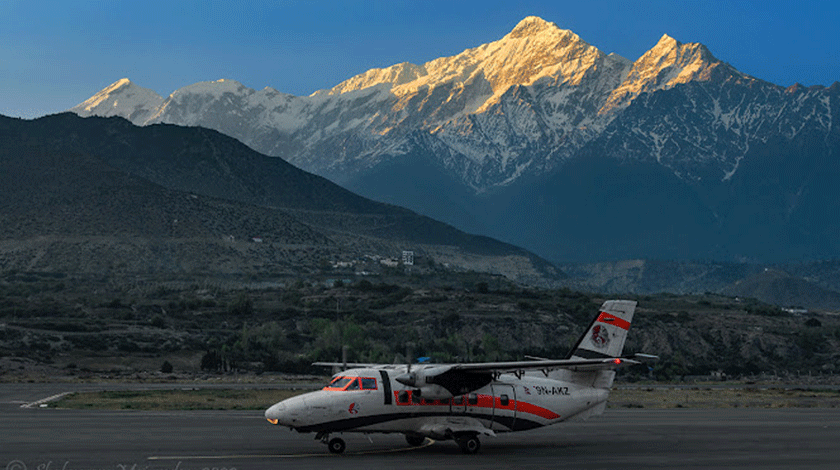
Jomsom Airport: Gateway to the Himalayas
The border between the high desert land and the towering peaks of the Himalayas. Jomsom Airport stands as a testament to human originality and perseverance in the face of challenging terrain. Located in the town of Jomsom in the Mustang district of Nepal. This small yet vital airfield serves as a lifeline for the remote Himalayan communities while also beckoning adventurers and trekkers to explore the breathtaking landscapes of the Annapurna (10th highest mountain in the world at 8,091 metres (26,545 ft) and Dhaulagiri mountain ranges (7th highest mountain in the world at 8,167 metres(26,795 ft). In this comprehensive exploration of Jomsom Airport, we delve into its history, significance, challenges, and the unique experiences it offers to travelers.
Historical Perspective
Jomsom Airport traces its origins back to the mid-20th century.It was built to facilitate air travel to the remote regions of Mustang and the surrounding areas. The development of the airport stemmed from the necessity to establish air links to the mountainous terrain, which posed formidable challenges to traditional modes of transportation. Since its inception, Airport has played a vital role in connecting these remote communities to the outside world. Enabling the transportation of essential goods, medical supplies, and providing access to tourism opportunities.
Geographical Features
Situated at an altitude of approximately 2,713 meters (8,900 feet) above sea level, Jomsom Airport is nestled within the Kali Gandaki River valley, flanked by towering peaks on all sides. The surrounding landscape is characterized by rugged terrain, deep gorges, and dramatic cliffs, creating a striking backdrop for the airfield. The airport’s runway, measuring just 670 meters (2,200 feet) in length. Carved out of the rocky terrain, making it one of the shortest and most challenging airstrips in the world.
Significance and Connectivity
Despite its modest size and limited infrastructure, Jomsom Airport holds immense significance for the region it serves. As the only airfield in the Mustang district, it serves as a vital link for the local population, providing access to essential services such as healthcare, education, and commerce. Additionally, the airport serves as a gateway to the Mustang region, offering tourists and trekkers convenient access to some of Nepal’s most iconic trekking routes, including the Annapurna Circuit and Upper Mustang Trek.
Flight Operations and Challenges
Operating flights to and from Jomsom Airport is no small feat, given the unique challenges posed by its location and terrain. The airport’s short runway, coupled with unpredictable weather conditions, requires skilled pilots and specialized aircraft capable of executing short takeoff and landing (STOL) operation. Furthermore, the region’s mountainous terrain and high-altitude environment necessitate stringent safety protocols and thorough pre-flight preparations to ensure the safety of passengers and crew.
Comparing Travel Costs: Flight cost vs. Bus cost from Pokhara to Jomsom
The cost of flights to Jomsom can vary depending on factors such as the airline, time of booking, season, and availability. On average, a one-way flight from Pokhara to Jomsom can cost from $80 to $150 USD. However, prices may fluctuate. Tara Air and Summit Air are the main airlines that fly to Jomsom from Pokhara. So it’s best to check with airlines or travel agencies for the most accurate and up-to-date fares. There are direct flights from Kathmandu and Pokhara to Jomsom operated by several airlines as well. The flight duration is approximately 20-25 minutes.
One-way bus fare from Kathmandu to Jomsom costs around US $20. It takes approximately 15 to 16 hours to reach your destination. Kathmandu to Jomsom is about 360 kilometers in road distance and 157 kilometers from Pokhara.
Tourism and Trekking
For adventure enthusiasts and nature lovers, Jomsom Airport serves as a gateway to some of the most spectacular trekking destinations in the Himalayas. The Annapurna Circuit Trek, which circumnavigates the Annapurna massif, begins or ends in Jomsom. Offering trekkers unparalleled views of snow-capped peaks, serene mountain lakes, and vibrant alpine landscapes. Additionally, the Upper Mustang Trek, renowned for its unique Tibetan culture and ancient monasteries. Starts from the place attracting travelers seeking a cultural immersion experience with the Himalayan splendor.Here are some notable trekking areas:
- Annapurna Circuit:This iconic trek encircles the Annapurna Massif, offering breathtaking views of snow-capped peaks, lush valleys, and diverse landscapes. It typically takes around 15-20 days to complete the entire circuit, but shorter variations are also available.
- Upper Mustang: Known as the “Last Forbidden Kingdom,” Upper Mustang offers a unique trekking experience through arid landscapes, ancient cave dwellings, and Tibetan-influenced culture. Permits are required for this restricted area trek.
- Muktinath Temple: A popular pilgrimage site for both Hindus and Buddhists, the trek to Muktinath Temple combines religious significance with stunning mountain scenery. The temple is located at an altitude of 3,800 meters.
- Kagbeni: This picturesque village lies at the entrance of Upper Mustang and serves as a starting point for treks into the region. The village is known for its traditional architecture and stunning views of Nilgiri and Dhaulagiri peaks.
- Tilicho Lake: Situated at an altitude of 4,919 meters, Tilicho Lake is one of the highest lakes in the world. The trek to Tilicho Lake offers mesmerizing views of the Annapurna range and the chance to experience high-altitude landscapes.
- Jomsom to Ghorepani Trek: This relatively shorter trek offers a taste of the Annapurna region’s beauty. Passing through charming villages, rhododendron forests, and panoramic mountain views. The highlight is reaching Poon Hill (3210m)for a spectacular sunrise.
Before starting any trek, adventurers should secure necessary permits, ensure they have appropriate gear and clothing, and consider hiring a local guide or porter for a safer and more enjoyable experience.
Facilities and Services
Despite its remote location, Jomsom Airport provides essential facilities and services to passengers and visitors. The airport’s terminal building features check-in counters, waiting areas, and basic amenities such as restrooms and refreshment stalls. While the facilities may not match those of larger airports. They serve the needs of travelers venturing on their Himalayan adventures. Near Jomsom Airport, hotels offer essential facilities like comfortable accommodation, dining options, Wi-Fi, hot water, heating, power backup, transportation services, laundry service, and medical assistance.
Sustainability and Conservation
As tourism in the Himalayas continues to grow. Efforts are underway to ensure the sustainable development of Jomsom Airport and its surrounding areas. Conservation initiatives aimed at preserving the region’s natural beauty and biodiversity are increasingly prioritized. With measures implemented to minimize the environmental impact of tourism activities. Additionally, community-based tourism initiatives empower local communities to participate in and benefit from the tourism industry. While preserving their cultural heritage and traditional way of life.
Conclusion
In conclusion, Jomsom Airport stands as a testament to human endeavor and resilience in the face of nature’s challenges. As a vital lifeline for remote Himalayan communities and a gateway to adventure for travelers. The airport embodies the spirit of exploration and discovery that draws people to the majestic landscapes of the Himalayas. Whether embarking on a trekking expedition or simply marveling at the awe-inspiring beauty of the mountains. Airport offers an unforgettable journey into the heart of the Himalayas.


